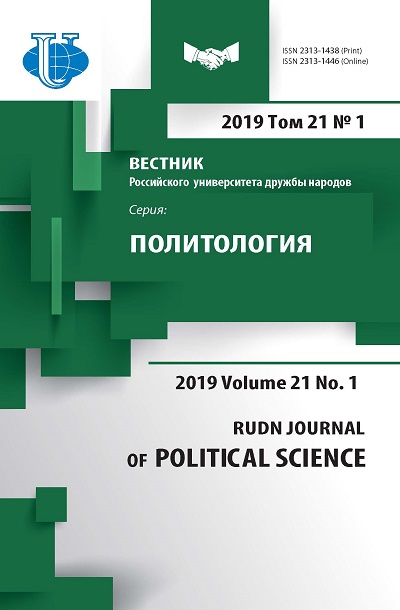Abstract
Political parties are crucial for the development of democracy in Bangladesh. They represent interests of different social groups and, by means of participation in elections, affect the development of political and socio-economic power strategies. Thus, political parties provide guarantee of equal rights of all the country’s citizens and contribute to their involvement in the democratic process. The democratic institutions in Bangladesh are represented by 40 officially registered parties, among which the largest and most popular are the Awami League, the Nationalist Party, the Jatiya Party and the Jamaat-i-Islami. The article studies political parties’ participation in the life of the country since the establishment of Bangladesh and compares the four main political parties in terms of their ideology, organizational structure, leadership and popular support during elections. Throughout the country’s political history, the winning party has always enjoyed the monopoly of power, which has contributed to the aggravation of conflict between opposition parties and authorities. This situation significantly hinders the country’s socio-economic development. Strikes, often accompanied by extremist violence, are taking place in different parts of the country. The author uses the historical method to analyze the nature of the opposition of various political forces in Bangladesh.
















